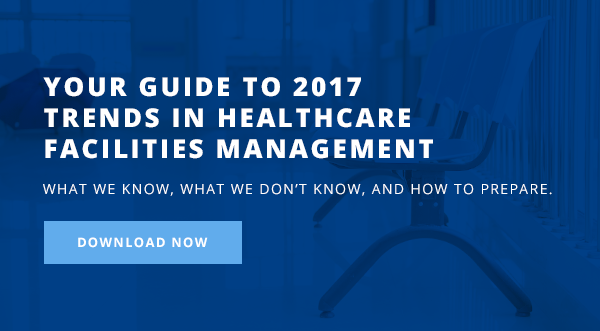You know how important infection control is to running a top-flight facility. After all, without infection control, patients can experience prolonged healing times or can acquire additional illnesses, and your facility can pay the price both literally and in terms of reputation.
One of the keys to enacting the right infection control measures is ensuring that you facility staff have access to the tools they need to keep your facility as clean as possible, and as clean as required by professional standards.
ICRA Requirements
The Infection Control Risk Assessment matrix defines four levels of infection control risk, but we will only address the first two. Restrictions for these two classes, which are reserved for areas where no high-risk patients are presents, are as follows:
Class I: Work methods should minimize dust; work area should be cleaned after the project is complete.
Class II: Work methods should actively prevent dust from being released into the atmosphere (includes misting surfaces with water, sealing doors with duct tape, blocking air vents, using a dust mat, and isolating the HVAC system where work is taking place).
After completion, work surfaces must be cleaned/disinfected, construction waste must be contained, and a wet mop and/or HEPA filtered vacuum must be used.
For class III and IV, restrictions become even more intense, with barriers and negative air machines coming into play to ensure that patients and staff are protected from potentially hazardous particles.
(Note: the full ICRA matrix is available here, from ASHE).
As you can see, one of the requirements for a Class II infection control area is using HEPA vacuums to clean the area once the project is complete. This directive is present for Class II, III, and IV. Therefore, any project that is rated in one of these risk categories must have a HEPA vacuum available for clean up.
How HEPA Filtration Vacuums Differ
A HEPA vacuum is different from a standard commercial vacuum because it utilizes HEPA filtration. A HEPA vacuum sucks up dirt and dust like a standard vacuum, but the air that it exhausts first passes through a HEPA filter, which captures 99.97% of all airborne particles that are 0.3 microns in diameter. The HEPA standard is used throughout most healthcare facilities to ensure cleanliness and patient safety. Standard vacuums do not use this type of filtration, which means that dust and debris can easily be present in the vacuum’s exhaust.
Choosing the Right HEPA Filtration Vacuum
As with any appliance, not all HEPA vacuums are the same. In a healthcare environment, it is important to choose a vacuum that can stand up to the wear and tear of commercial use. Although some consumer grade vacuums do indicate HEPA capabilities, they are rarely constructed to the specifications required in a healthcare environment. For best results, choose a vacuum that is specifically for commercial, industrial, or healthcare use with a filter that has been tested and sealed.
If you’re a hospital facilities manager worried about staying up to date on the latest in facilities management, be sure to download our presentation on 2017 trends in healthcare facilities management below.
